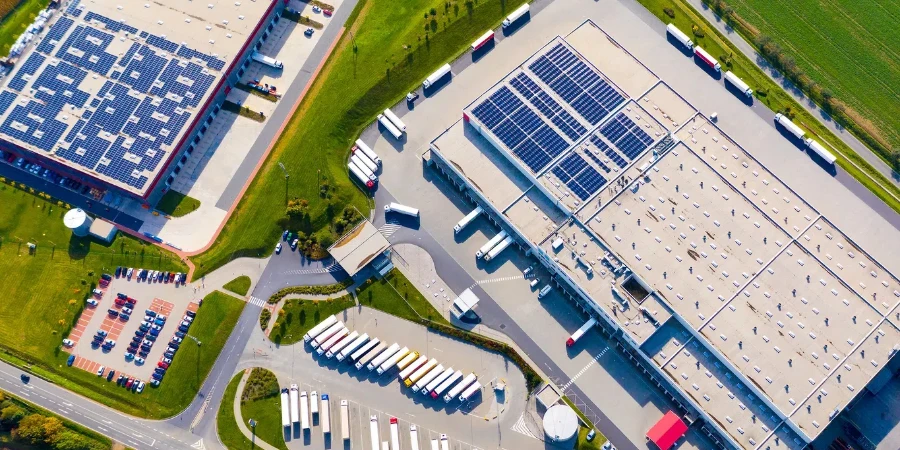New US incentives support solar manufacturers and encourage the domestic build-out of the earlier stages of the solar supply chain.

Image: pv magazine
From pv magazine USA
The US Inflation Reduction Act of 2022 sets forth demand and supply-side incentives to encourage solar manufacturing within the United States in the form of production tax credits for manufacturers and investment tax credits for project developers using domestic content.
While these incentives have driven a rush of investments from major global solar component providers, much of the investment has been focused on the final legs of the solar supply chain. Now those incentives are moving further up the supply chain with final rules for the Advanced Manufacturing Investment Credit (CHIPS ITC) released by the US Department of the Treasury and the Internal Revenue Service.
The Department of the Treasury said that the CHIPS ITC is “generally equal to 25% of the basis of any qualified property that is part of an eligible taxpayer’s advanced manufacturing facility if the qualified property is placed in service after Dec. 31, 2022, and covers construction occurring after the enactment of the CHIPS and Science Act on Aug. 9, 2022.”
Secretary of the Treasury Janet L. Yellen said that the Biden-Harris administration’s economic plan focuses on bringing semiconductor manufacturing back to the United States and advancing innovation in this key sector.
“Semiconductors are vital to ensuring a stable supply of low-cost consumer goods and our investments continue to strengthen those supply chains, create good-paying jobs, and safeguard our national security,” stated Yellen.
According to the Solar Energy Industries Association (SEIA), Treasury’s final rules confirm that Section 48D applies to advanced manufacturing facilities and equipment that produce semiconductors, including the slicing, etching, and bonding of the semiconductor-grade polysilicon used in PV modules.
The news is welcome, as the US solar industry tries to build out a complete solar supply chain but has not yet had enough ingot and wafer production to match the planned cell and module capacity. SEIA notes that since the IRA passed, there have been 21 GW of wafer announcements and 10 GW of ingot, but only 3.3 GW of ingot and wafer capacity is under construction.
“Treasury’s final rules will create new opportunities for solar manufacturers and encourage the upstream development of the solar supply chain,” said Abigail Ross Hopper, SEIA president and CEO.
Hopper pointed out that supply chain remains a challenge in the United States, and that the lack of ingot and wafer manufacturing represents “a critical gap in the solar supply chain … For the last two years, SEIA has been urging the administration to use all of the tools at its disposal to support ingot and wafer production. We commend Treasury for taking a thoughtful approach to industrial policy, helping to revitalize our communities with great-paying manufacturing jobs and boost our energy independence. This is a win-win for businesses and our economy and will continue the manufacturing renaissance in America for years to come.”
This content is protected by copyright and may not be reused. If you want to cooperate with us and would like to reuse some of our content, please contact: editors@pv-magazine.com.
Source from pv magazine
Disclaimer: The information set forth above is provided by pv-magazine.com independently of Alibaba.com. Alibaba.com makes no representation and warranties as to the quality and reliability of the seller and products. Alibaba.com expressly disclaims any liability for breaches pertaining to the copyright of content.




